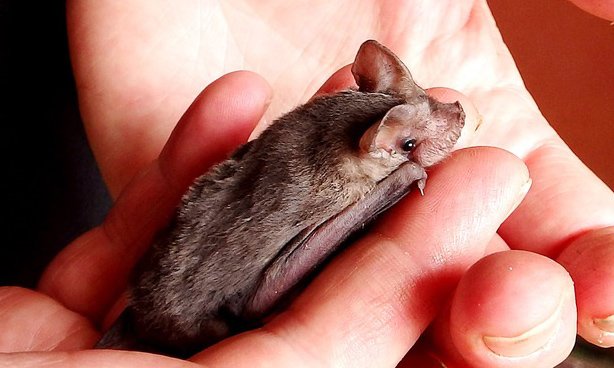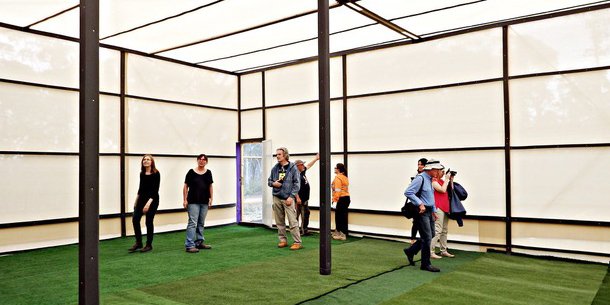NSW’s first ever rehabilitation centre for microbats opens

THE FIRST rehabilitation centre in New South Wales focussed solely on the recovery of microbats was officially opened on Monday.
The facility will function as a flight centre where the microbats can build up their strength and return to the wild upon recovery.
Southern Tablelands Bat coordinator Heather Caufield, who will be in-charge of the rehabilitation centre, told Australian Geographic that microbats living in urban environments face significant challenges.
“Loss of habitat for insects such as when bush is cleared, or removal of trees leading to loss of roost sites are two of the big challenges.
“Extreme weather such as storms can damage roosts and heatwaves take their toll on many species.”
Human activity is also taking its toll, says Heather.
“Interaction with humans also brings its challenges. People have cats and dogs that like to attack microbats.
“Humans don’t always warm to the idea of bats in their backyard trees, even though the microbats play an essential role in insect control.”
Building up strength
According to Heather, the biggest challenge in rehabilitating microbats is building up their flight fitness.
“When bats come into care they can start to lose muscle and fitness in just a couple of weeks. It takes intensive flight time to rebuild that fitness but finding safe places to fly some species of microbat can be difficult.”
Finding spaces large enough for the microbats to exercise has been a struggle.
“Many need to launch themselves from a height, drop three or four metres and gain velocity before they really take off.
“Unlike bats that fly in among the forest trees, these species need a big turning circle.
“If you try to fly them in your house or in a small aviary, they tend to injure themselves, sometimes breaking bones in their wings as they bump into the walls.”

A rescued Southern Freetail microbat. (Image Credit: WIRES)
The flight centre
Heather says that for years WIRES has recognised the need for a specialised facility for microbats but up until now there was no funding.
Holcim Australia, a concrete manufacturing company agreed to fund the construction of 10m long x 10m wide x 4m high aviary, which includes protective materials to ensure the microbats safety.
“The inside walls and ceiling are completely wrapped in shadecloth and all wood and metal has been covered in soft materials such as foam or polar fleece. The floor is a soft artificial turf,” Heather details.
“The aim is to provide a rubber room environment that minimises the impact of potential collision injuries.”

Thew new aviary. (Image Credit: WIRES)
Community support
The aviary is a step in the right direction but there are still plenty of ways the community can help protect microbats, Heather says.
She advises to plant new trees, avoid chemical insecticides and keep pets indoors at night.
“If you see a microbat during the day, think about the fact that they are nocturnal creatures that need to hide from a wide variety of predators. The idea that you can see it means something is wrong and it may need help.
“If you suspect a bat is in trouble, never approach or touch it. Despite their small size, some microbats carry Australian Bat Lyssavirus, a virus that can have severe health consequences for humans. Instead contact a wildlife organisation such as WIRES on 1300 094 737 and a vaccinated rescuer will come and help.”
READ MORE:
- Citizen science project calls on public to track South Australia’s microbats.
- Encyclopaedia of bat language created.




